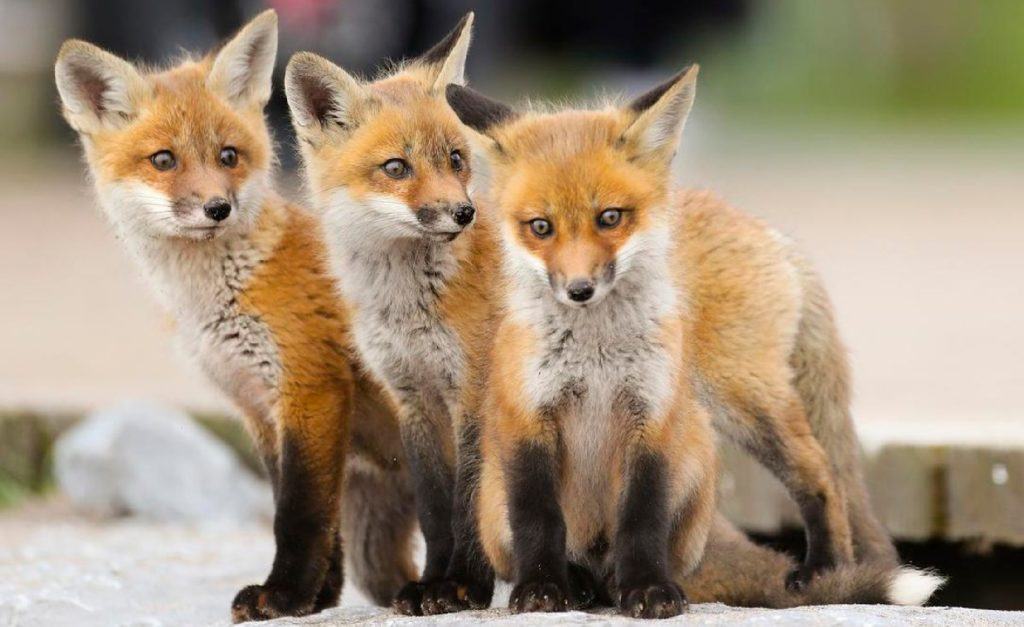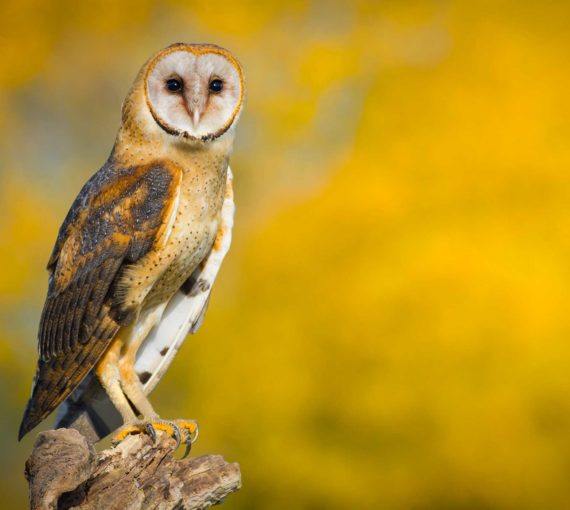I’m not much of a worrier, but I worry about wildlife. Perhaps it comes with the job. I’ve worked as a wildlife campaigner for more than 20 years.
When I first saw images of the adorable fox family living under Toronto’s boardwalk at Woodbine Beach, my heart was gladdened — until concern set in. How would they fare once we’re no longer physical distancing and housebound? Would general knowledge of their whereabouts lead people to crowd them to snap photos and, worse, approach them in their dens to try to feed them? (It did.)
This is how I often feel when I see wildlife in the city — a glimpsed coyote emerging out of Monarch Park brings a flash of delight, followed by worry about what will happen when it reaches the Danforth, and where it will go from there.
Although my eight-year-old daughter would love to see fox kits, I didn’t bring her to the waterfront to view them. I didn’t want us to be among the enthusiasts disturbing them. Then I read that the city was installing a fence to protect them. That piqued my curiosity. How tall would it be? Would it have cat doors so the foxes could come and go, or would they tunnel underground? Would it block their sightlines? Would it create a cagelike experience for them?
With these questions in mind, I ventured down on my own. The fence along the boardwalk is taller than me and covered in dark green fabric. Metal, waist-height fences, like those alongside a city race, run from the outer stones of the den down to the water’s edge. People still stood by these fences, hopeful for a sighting, but the foxes were not about. Instead, an earnest volunteer in a T-shirt emblazoned with the Toronto Wildlife Centre logo walked back and forth along the perimeter of the fence to ward off the selfie-seeking, fox-feeding folks who, unknowingly or uncaringly, love nature to death.
The volunteer told me that when the foxes get older, they will likely leave of their own accord. If not, he said, Wildlife Centre staff would relocate them from their current highly peopled location to one less so.
I can’t tell you how much solace this gives me. I’m warmed by the thought of volunteers gently patrolling the boardwalk, safeguarding the fox family as the mom goes about rearing her kits.
Of course, this doesn’t leave me worry-free. Once the physical distancing rules have lifted, we’ll all crowd outside again, leaving thousands of animals to adjust to once-again-reduced spaces. Further, the future for hundreds of species in Canada remains uncertain, mainly because of society’s failure to set limits on the reach of our development and resource-extraction activities.
I can’t help but think: if only we could extend the stewardship shown to the foxes more broadly. If only all of us who love wildlife could each take a species under our own wing. It wouldn’t have to be as direct as the fox protectors — not all of us have the time to, say, stand by a roadside to safeguard a clutch of snapping turtle eggs.
But we are an intensely creative species. Surely we could, if we set our minds to it, put some energy into other forms of care. There are policies to protect lands and waters that need enforcing, and gaps where new policies must be created. There are farm fields and field edges that could be left fallow without affecting profits, and lawns that could be converted from grass to wildflower. There are habitats to map and roads that could benefit from crossing guards at peak amphibian and reptile travel times.
Nature gives us so much. In addition to sustenance, it brings us wonder and joy. (Hence the tens of thousands of likes for the social media wildlife-in-the-city posts). As we reimagine our world emerging from this crisis, I hope for a world where we choose to give back to nature, to repair some of the damage we’ve done, and protect what remains.
This op-ed was originally published in the Toronto Star
Our Work
Always grounded in sound evidence, the David Suzuki Foundation empowers people to take action in their communities on the environmental challenges we collectively face.




